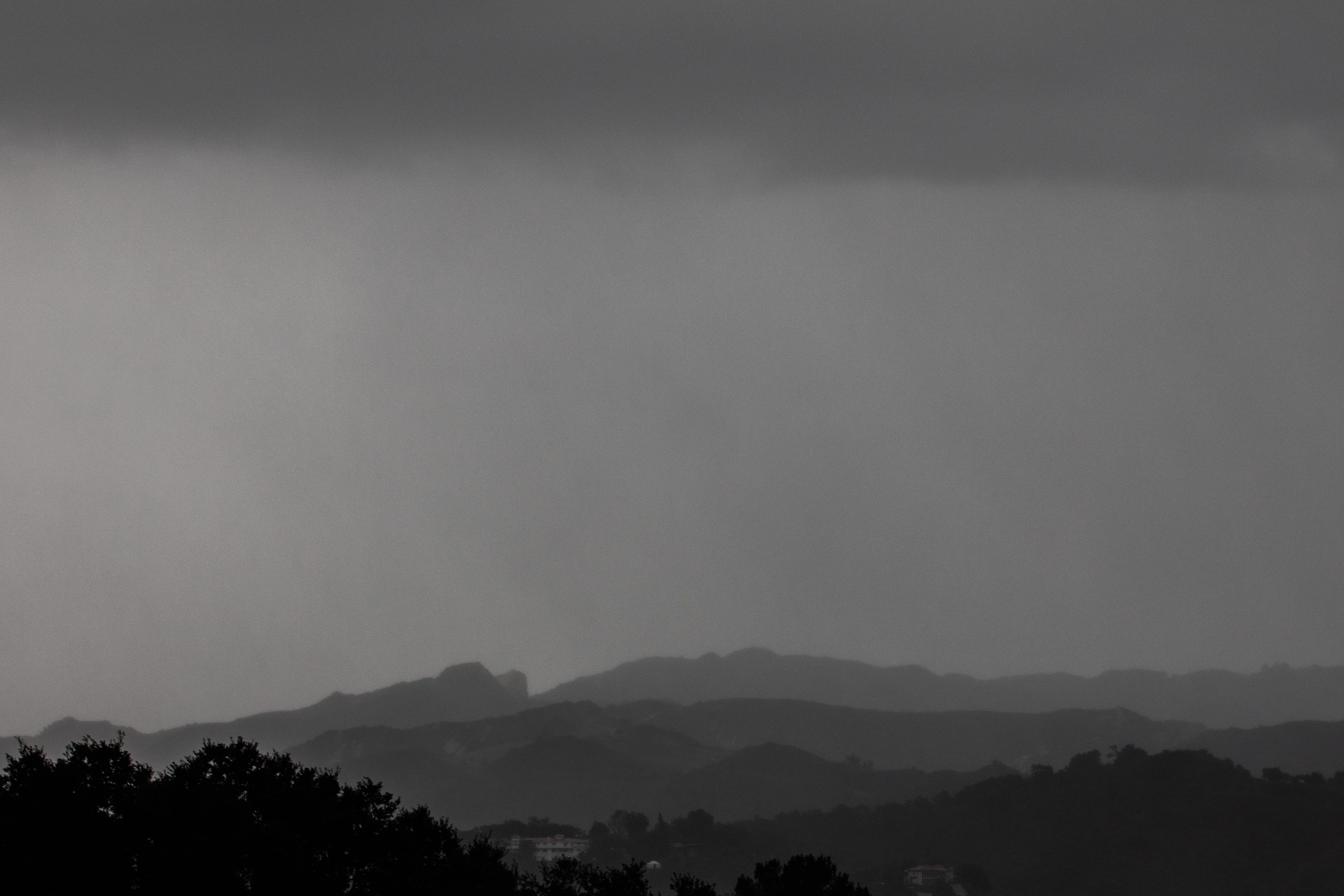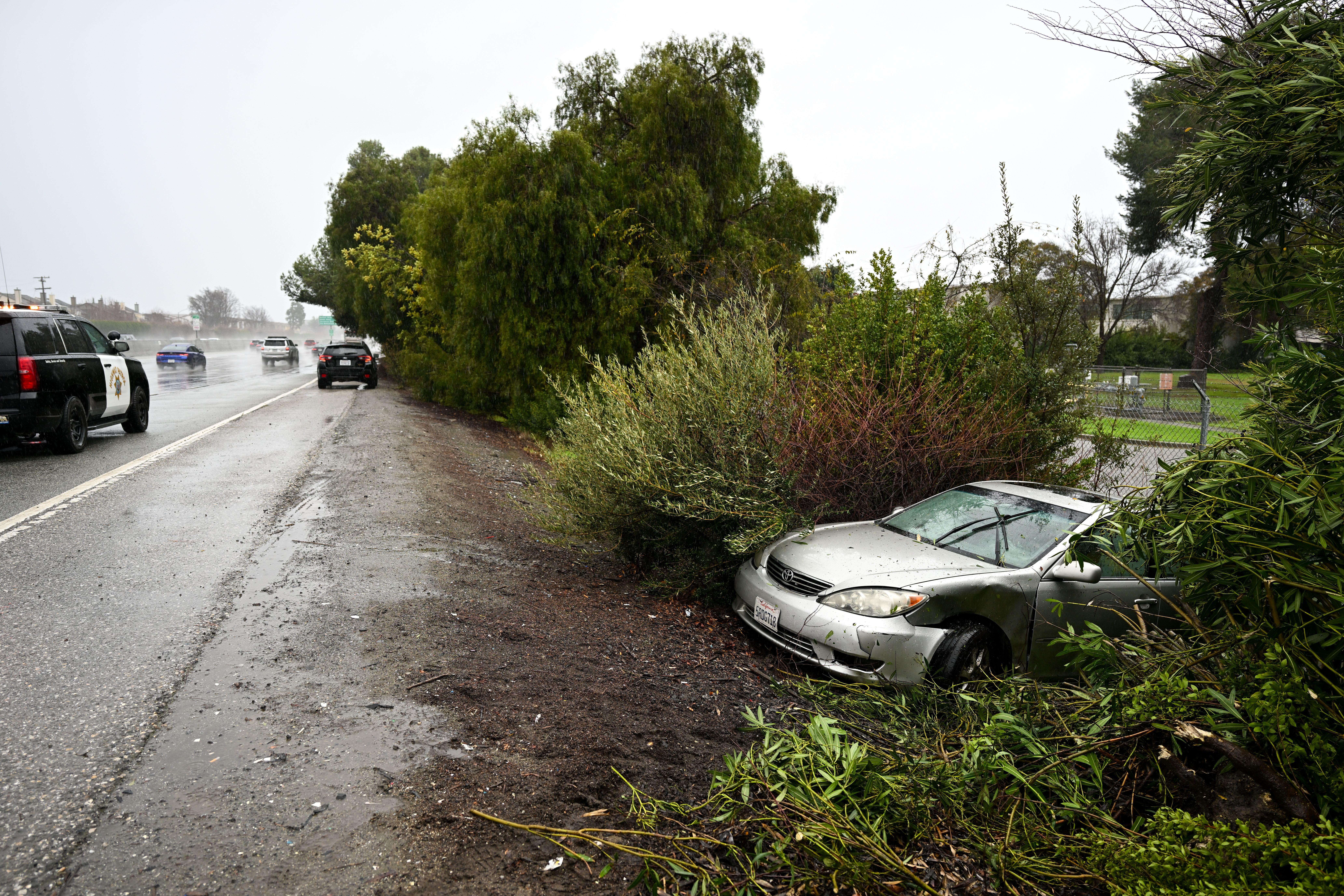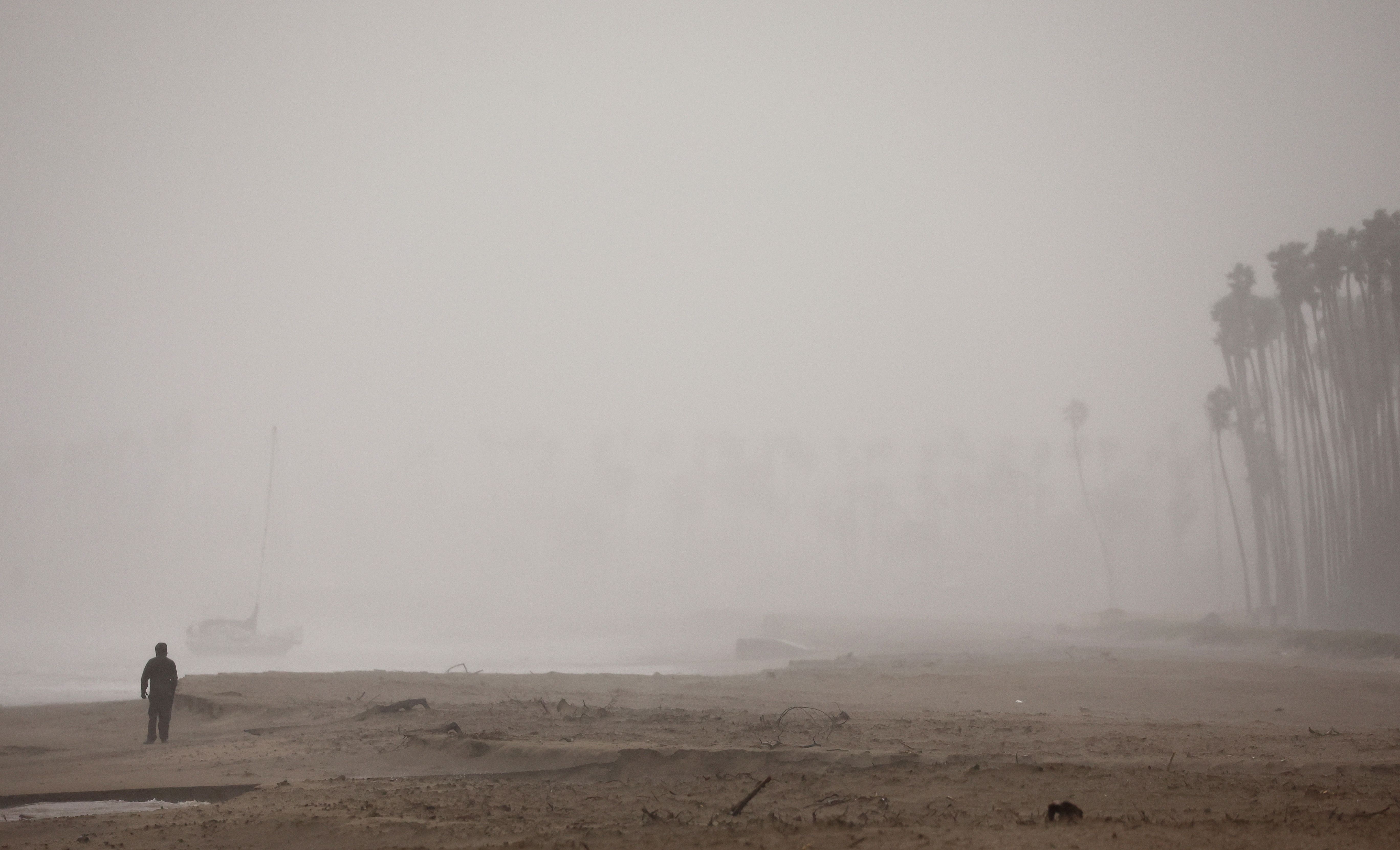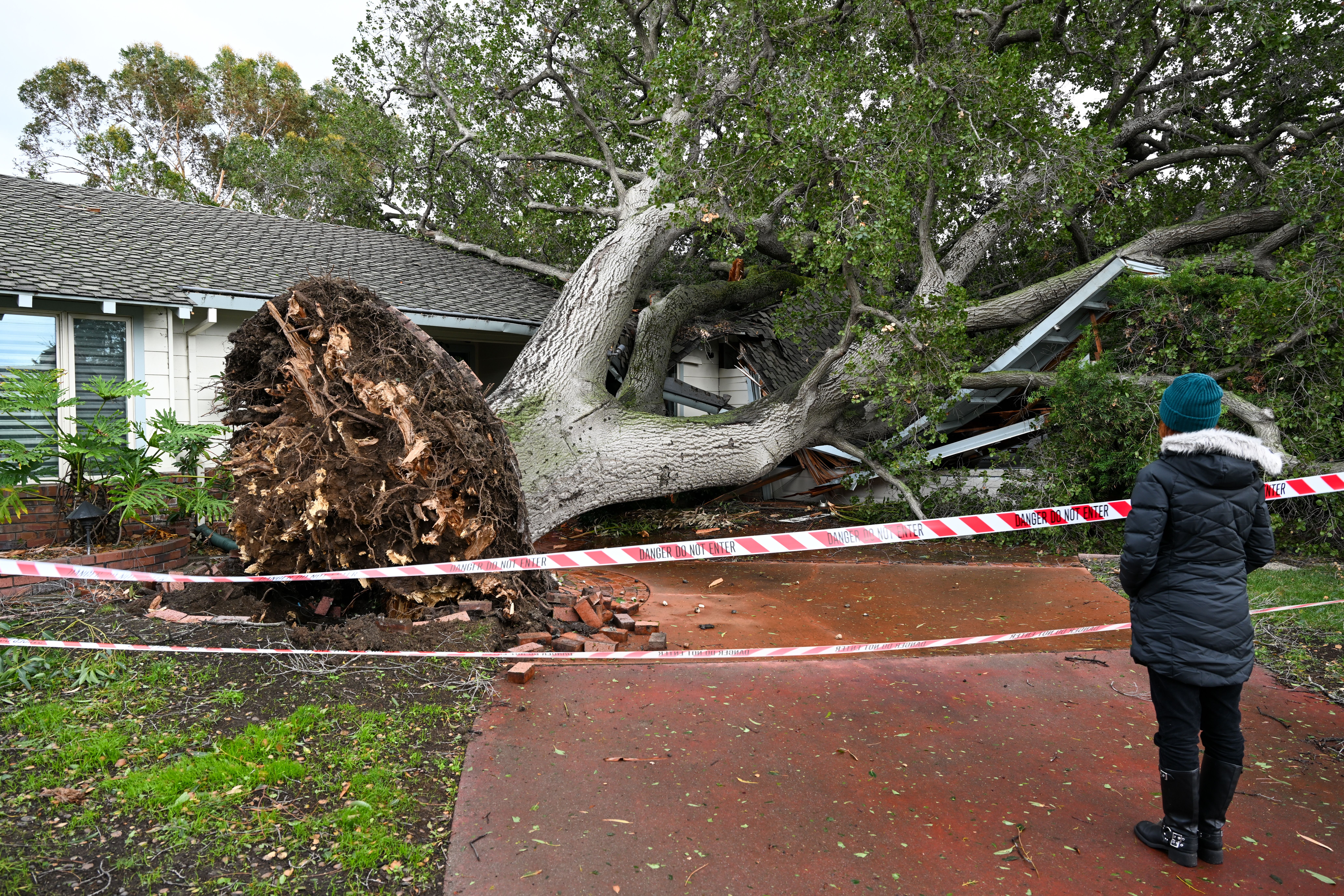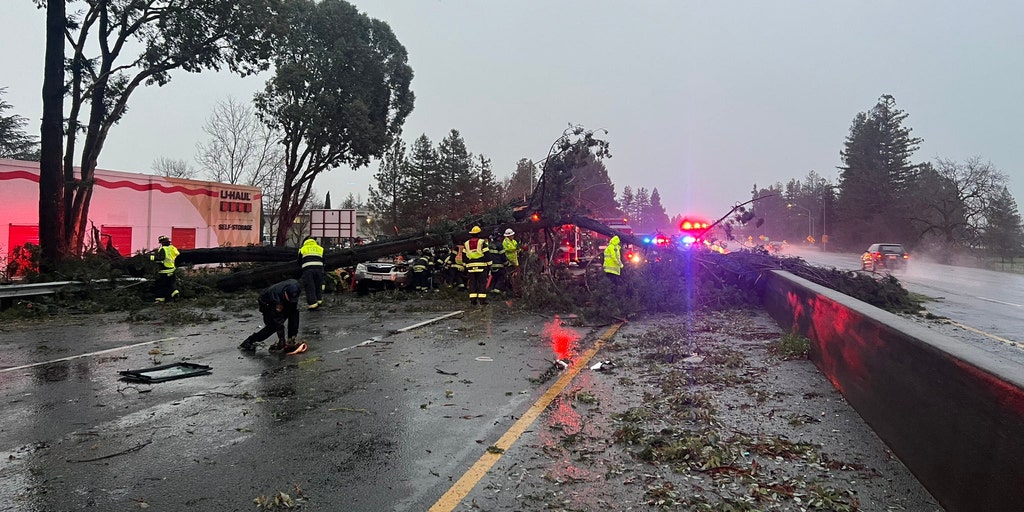
California is under a state of emergency as an atmospheric river lashes Southern California with flash flooding and other hazards. The storm has already caused damage in northern and central sections of the state, including snow accumulation along the Sierra Nevada. Firefighters have assisted in evacuating people from red-tagged units and removing fallen trees that blocked roads.




